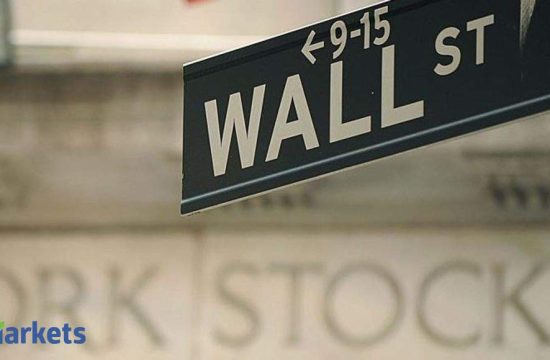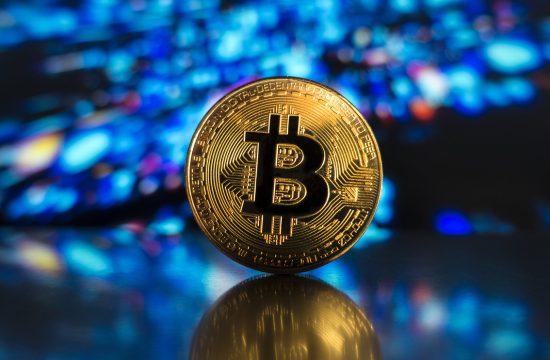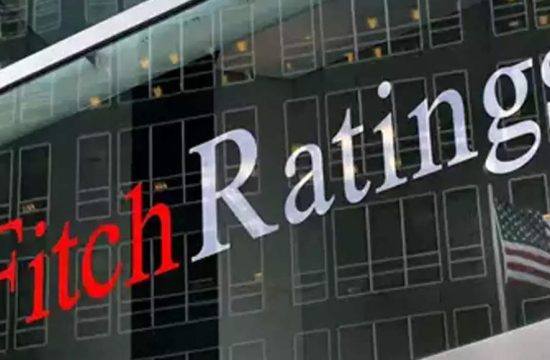
Steel, cement and construction are the industries that are doing very well. At this time, there is a great push. These industries are doing very well and we are seeing very good results for us, said Rajkiran Rai G, MD & CEO, . Edited excerpts:
Where do you see the credit cost for banks in Q2? Do you feel it will be much lower overall, and do you see things getting better?
Yes, the credit cost for the full year will be cumulative numbers because the last two-three quarters we have not recognised the NPAs even though we declared pro forma NPA and most of the expected provision is on the standard book as of now. So, the credit cost for the full year can be anything between 2% to 3% for the system.
How much do you feel the second wave is going to have an impact when it comes to MSMEs, some other industries with lockdowns imposed on certain states?
Now the lockdowns are very localised and only in certain pockets. We need to see how it plays out because it is the initial phase of the second wave. Now we are having much better management capabilities for handling COVID with vaccine availability and better treatment plans. Hopefully it can be controlled better. As long as it is localised in a few pockets we do not see much damage. But we need to see how things evolve, so if it continues for a longer period, then yes, there can be an impact. But if it is only for a month, we will come back quickly.
Last year banks across the board had raised capital quite furiously. Do you think that such capital and provisioning requirements will return as of now? Do you see that kind of momentum this year as well?
I do not foresee much aggressive capital raising because many of the private sector banks have raised capital aggressively and some of the public sector also. But then the capital portion of the banks are quite adequate. There were some moments to raise capital because the RBI projections on the stress was much higher than anticipated, there was a capital raising going on.
Now we are in much better control and we know the numbers. Things are not as bad as it is projected. The delinquencies are quite low compared to the expectations, and the credit cost also is quite low. I do not foresee the capital requirement for provisioning. There will be capital requirements for growth as we go along, that will happen maybe around 22-23.
According to some reports, the Union Bank of India is looking to digitise the recovery process. What does that mean exactly and how will it help to plug in leakages?
We are sitting on gross NPAs of almost Rs 90,000 crore and a written-off book of almost 30-40% of that. It is quite a big number and the number of accounts involved are also quite huge. So, what we did last year is we created a SAMV vertical (Stressed Asset Management Vertical) with exclusive branches handling only the stressed assets. Now, when we are doing it we realise that we need a strong digital platform to handle it because there are litigations going on at the various DRTs, there are court cases going on, there are surface notices, like lakhs of notices being issued. So, we felt the necessity that we need to bring it to a common platform and link it together so that we have a better MIS.
We wanted it more aggressively because we need to recover, we have made almost 86% provisions on all these accounts. It is the time to write back because there was a cycle where there was aggressive provisioning, now the cycle has started where we need to see the provision writebacks. That can happen only with aggressive recovery, so we are digitising the whole process.
We have already begun to see localised lockdowns and on account of that, do you see any damage happening to your book? Will you then have to provision higher due to the spike in COVID cases?
As far as Q4 is concerned, we continue to declare pro forma NPAs up to December and there is a fair estimate of the numbers and the required provisions are already done. In March we do not foresee any difficulty in providing for the balance and declaring the actual NPA declaration. Now when it comes to the new lockdown, the expected slippages and all those things are only evolving. It is too premature to take a call on that.
Last time, even after six months of lockdown and moratorium, things have come back and the economy bounced back. We have a very strong economy which can bounce back. So one month, two months of restriction, that too very localised restrictions, should not damage much. But then, we need to watch how the second wave plays out. At this point of time, we do not see much damage.
Give us some colour on your book; as to how the retail segment and the corporate segment is shaping up. Are there any segments which are still under stress?
I will desist from giving exact numbers because our results will be out a few weeks down the line. But based on the December numbers, the stress is very less in corporate. The corporate book has behaved very well and we do not see many slippages. Much of the restructuring on the corporate book is all on expected numbers. On MSME, there is a slightly higher level of stress and some restructuring in that book will be seen. In retail there is a one-time pain, which may have to be absorbed in March by the way of some restructuring and some slippages because these are the accounts which are directly affected by COVID. But that is not a very big number and is well within our declared numbers.
Once that is done, the remaining book will behave properly. We have no issues; they have all come back to normalcy now. So, we do not see much, but in MSME the stress will continue for some more time. But then there is adequate resolution mechanism being given for MSMEs, so hopefully that will also be balanced out well as we go along.
Within the corporate book, could you give us colour on what sectors are leading and aiding the recovery?
There are certain sectors which you always talk about. From the banking perspective, when you look at IT, pharma, which are doing very well, they are not very big borrowers to the system. For us, steel, cement and construction are the industries which are doing very well. At this time there is a great push. These industries are doing very well and we are seeing very good results, even for us.
Even the textile industry has done very well. Most of these businesses which are connected to us, they are seeing a good traction in export orders. All these sectors are doing well, except the hospitality sector and other connected areas where COVID has had a direct impact. All other sectors have bounced back and they are doing pretty well.






